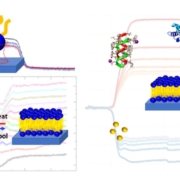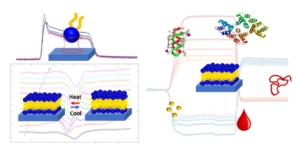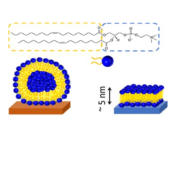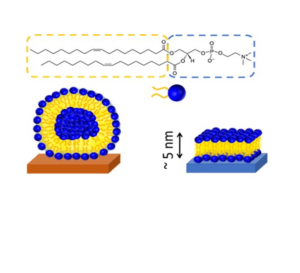QCMD in Lipid Research Tech Note
October 15th 2020: AWSensors is pleased to invite you to take a look to its Technology Note entitled “QCMD in Lipid Research”.
Summary of the Note
QCMD is a label-free surface-analytical technique based on a quartz resonator excited to oscillate at its resonance frequency on one or more overtones. Resonators can have various coatings: gold (Au), silica (SiO2), titania (TiO2), etc. It works in aqueous media or organic solvents and is therefore widely used for studying solid/liquid interfaces. At each overtone, QCMD measures changes in the resonance frequency and energy dissipation due to the processes occurring at the resonator surface. Examples of such processes include formation of a film or changes in the geometrical or physical properties of the film.
The key feature that makes QCMD useful in lipid research is its ability to distinguish between different geometries and topologies of lipidic assemblies at interfaces, for example, homogenous solid-supported bilayers or monolayers vs. adsorbed liposomes or other structures (such as cubosomes) without relying on fluorescent or deuterated labels but by relying on the combination of the frequency and dissipation.
Introduction
Lipid-related QCMD work can be grouped into several topics, with a total of more than a thousand publications:
• Studies focusing on the interactions between lipids and surfaces.
• Studies focusing on the properties of the lipids, such as their phase behavior, adsorbed liposome deformation, etc.
• Studies examining interactions between lipids and membrane-binding proteins, peptides or viruses. Particularly interesting is that QCMD offers a way to study clustering of membrane-bound proteins.
• Studies focusing on the interactions of lipids with polymers or with nanoparticles.
Continue reading by downloading the full Technology Note (below) …
Download the Full Technology Note
You can download the full Note in pdf format through this link. A list of our Technology Notes can be found on our Technology Web Page.






